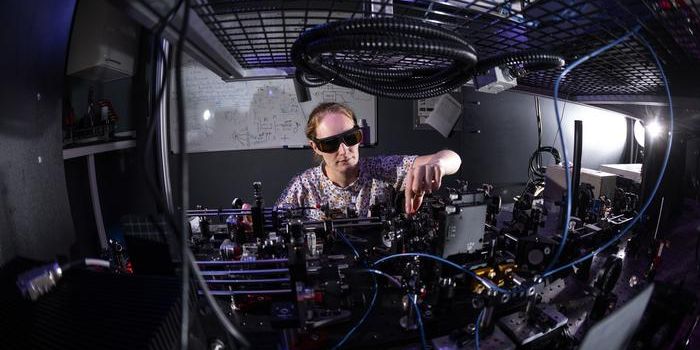Diagnosing Parkinson's by Tracking Breathing Patterns While Sleeping
Parkinson’s, one of the most common neurodegenerative diseases (after Alzheimer’s) is a condition that gets worse over time. Starting later in life, it affects the nervous system of the body, as well as any part of the body controlled by nerves. The prevalence of Alzheimer’s also increases in older populations. Currently, there is no treatment or cure for Parkinson’s, though there are ways to manage the condition.
What makes Parkinson’s challenging to manage is how difficult it can be to diagnose early. In fact, many people aren’t diagnosed until they start to display the characteristic signs of the disease, such as tremors caused by nerve problems. But by that point, the disease has usually been progressing for years, causing damage all the while.
Several strategies have been used to make early diagnoses, such as imaging scans and testing cerebrospinal fluid. However, these are expensive and highly invasive techniques. Finding ways to diagnose Parkinson’s before these symptoms start to occur while being minimally invasive is vital.
A team of researchers at the Massachusetts Institute of Technology (MIT) have developed an artificial intelligence program that can detect Parkinson’s early and help track how the disease progresses. The device is described in a recent study published in Nature Medicine.
The device, not unlike an internet router, can be placed in a person’s bedroom. Radio waves are used to collect information about a person’s breathing patterns while they sleep, and the AI system then collects and analyzes this information. Measuring breathing patterns was chosen as a key source of information because Parkinson’s disease is known to affect how the body regulates breathing while sleeping. These changes are also more likely to start early in a person’s disease course, well before the more hallmark signs appear.
The device also offers a possible way to study how Parkinson’s progresses in people and could be used to monitor the effects of treatment. When it comes to testing the impact of new drugs, in particular, studying breathing habits could provide vital endpoint information. This may allow trials to include fewer people and be conducted in a much shorter amount of time.
Sources: Medgadget; CDC; Nature Medicine
-
APR 30, 2024Immuno-Oncology Virtual Event Series 2024
-
MAY 07, 20243rd International Biosecurity Virtual Symposium
-
SEP 03, 2024Microbiology Week Virtual Event Series 2024
- See More

















































